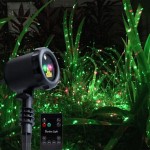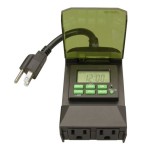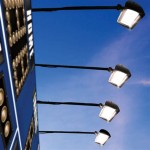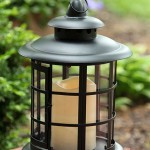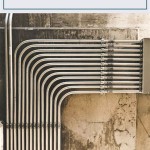What Type of Cable to Use for Outdoor Lighting
When installing outdoor lighting, choosing the right type of cable is crucial for safety, durability, and aesthetics. This guide will help you navigate the various cable options available and make an informed decision based on your specific needs.
1. Electrical Safety
First and foremost, consider the electrical safety of the cable. Outdoor environments pose unique challenges, such as exposure to moisture, extreme temperatures, and mechanical stress. Choose a cable that is rated for outdoor use and meets the National Electrical Code (NEC) requirements. Look for cables with a "Wet Location" or "Direct Burial" rating.
2. Durability and Longevity
Outdoor cables must withstand the rigors of weather conditions. UV rays can degrade the insulation, while moisture can lead to corrosion. Select a cable with tough insulation and a waterproof construction. Solid copper conductors offer superior durability compared to aluminum or stranded conductors.
3. Type of Lighting Fixtures
The type of lighting fixtures you use will also influence the cable selection. Low-voltage fixtures (12V or 24V) require a specific type of low-voltage cable, typically rated XLPE or UF-B. Line-voltage fixtures (110V or 220V) can use standard electrical cables such as NM-B or UF-C.
4. Burial Depth
If you plan to bury the cable, choose one rated for direct burial. Direct burial cables have a protective jacket that prevents damage from underground conditions. The NEC specifies the minimum burial depth, which varies depending on the cable type and location.
5. Cable Gauge
The cable gauge refers to its cross-sectional area and determines its current-carrying capacity. Determine the total wattage of the lighting fixtures and select a cable gauge that is adequate to handle the load. Larger gauges (lower numbers) indicate higher current-carrying capacity.
6. Aesthetics
For exposed cables, consider their visual impact. Choose a cable color that blends in with the surroundings or complements the light fixtures. Black or brown cables are common options, but colored cables are also available.
7. Installation Ease
Lastly, consider the ease of installation. Some cables are more flexible and easier to route, while others require special tools or connectors. Opt for a cable that is easy to work with and suits your installation skills.
Common Cable Types for Outdoor Lighting
- UF-B (Underground Feeder): Direct burial, low-voltage cable for landscape lighting
- XLPE (Cross-Linked Polyethylene): Direct burial, low-voltage cable for high-power fixtures
- NM-B (Non-Metallic Sheathed): General-purpose, line-voltage cable for indoor and outdoor use
- UF-C (Underground Feeder): Waterproof, direct burial, line-voltage cable for outdoor circuits
Conclusion
Choosing the right cable for outdoor lighting is essential for safety, durability, and aesthetics. By considering electrical safety, durability, fixture type, burial depth, cable gauge, aesthetics, and installation ease, you can select the optimal cable for your specific application. Remember to consult with an electrician if you have any doubts or need professional assistance.

Using A Cable To Hang String Lights Concord Carpenter

Choosing Low Voltage Lighting Transformers Cable And Wire Connectors In Lite Outdoor

What S The Best Cable To Use For Outdoor Lighting Billyoh Extra

Techmar 15m Main Cable Spt 3 With 6 Connectors

How To Hang Outdoor String Lights And Make Them Look Good Wirecutter
How To Hang Outdoor String Lights Resource Article By Partylights Com

Outdoor Garden Lighting Cable Elluminate

Outdoor Led Par Can Lights Dmx Cable Ip65 Waterproof Stage Lighting Power

Low Voltage Garden Lights Cable 25m Awg14

Newhouse Lighting 48 Ft String Light Hanging Mounting Kit Wire Hooks Stringkit The Home Depot
